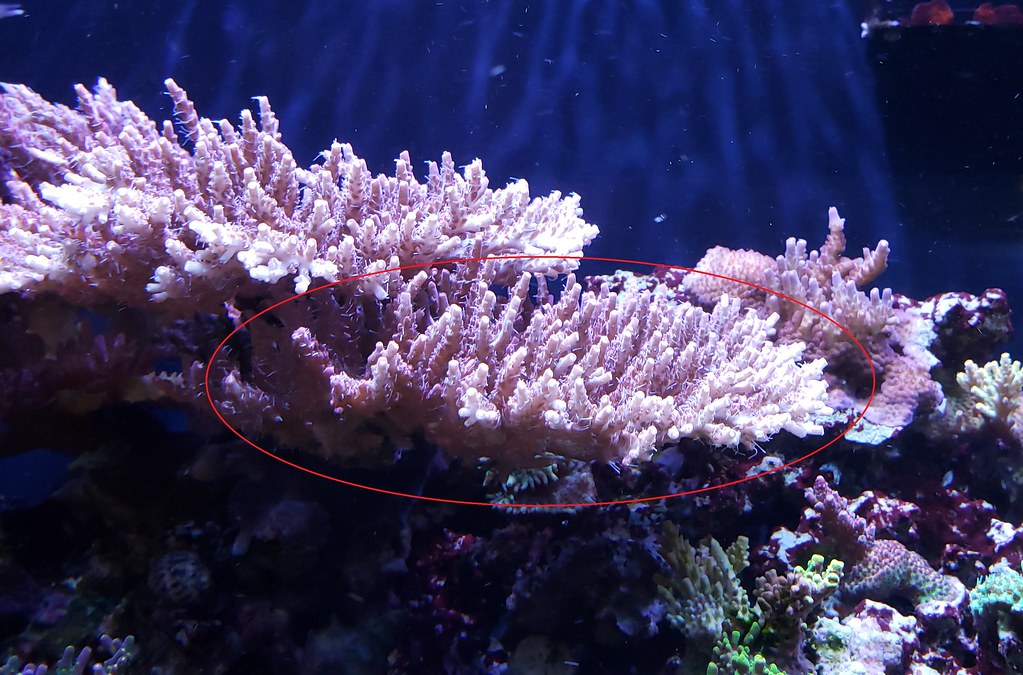Mastiffsrule
Where ever you go, there you are, so be nice 2 you
View BadgesExcellence Award
Reef Tank 365
Article Contributor
Reef Squad Emeritus
Hospitality Award
My Tank Thread
I have never QT’d. The way I mitigate the risk is thru quality of water, a rock scape that gives plenty of room and hiding to reduces stress, and feeding.. my food is 75% black worms, clams, nori, other fresh/frozen food, and 2 or 3 times week Nori gets soaked in zelcon or selcon alternatively.
By having a fish in a healthy, low stress environment with plenty of the correct foods they are more equipped to fight off invaders. I admit I lost a few about 6 or 7 years ago to velvet, but the others that survived, due in part to their health I think, are now at least 10 or 11. (I know this is being debated now, so I am saying for my tank)
If a new fish does bring in something then only that new fish has issues. Another way to mitigate, never add another fish.
By having a fish in a healthy, low stress environment with plenty of the correct foods they are more equipped to fight off invaders. I admit I lost a few about 6 or 7 years ago to velvet, but the others that survived, due in part to their health I think, are now at least 10 or 11. (I know this is being debated now, so I am saying for my tank)
If a new fish does bring in something then only that new fish has issues. Another way to mitigate, never add another fish.



















